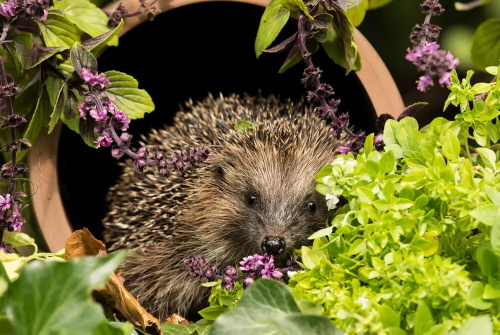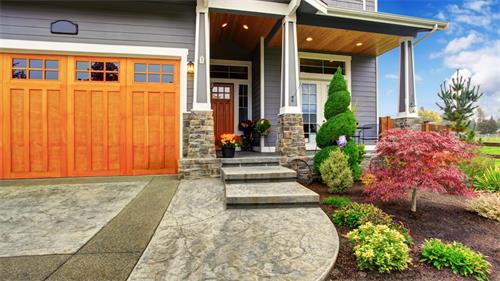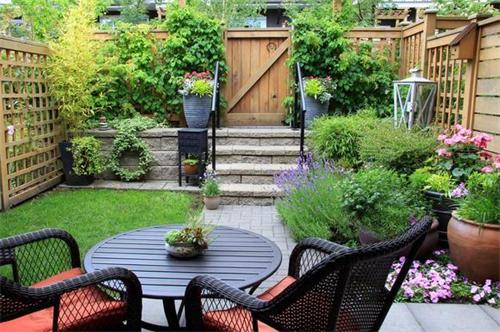
Imagine stepping into your backyard and being greeted by the cheerful chirping of birds, the soft buzz of bees, and the graceful fluttering of butterflies. Gardening isn’t just about planting flowers or growing vegetables—it can be a powerful way to reconnect with nature and support the ecosystems around us. By creating a wildlife-friendly backyard retreat, you can turn an ordinary green space into a haven for local wildlife and an inspiring sanctuary for yourself.
A wildlife-friendly garden begins with thoughtful choices. Native plants are the cornerstone. Because they’ve evolved alongside local wildlife, native flowers, shrubs, and trees provide food and shelter that non-native species often can't. Consider planting milkweed to attract monarch butterflies or goldenrod and coneflowers to nourish bees and pollinators. These plants not only invite a variety of creatures but also tend to be low-maintenance, drought-tolerant, and resilient to local pests and weather.
Water is another essential element. A birdbath, shallow pond, or even a clean dish filled with water can provide a vital source of hydration. Adding rocks or branches around the edges gives insects and small animals a safe place to land and drink. If space allows, a small pond or water feature with native aquatic plants can attract frogs, dragonflies, and other fascinating wildlife.
Shelter is just as important as food and water. Birds appreciate dense shrubs and trees for nesting, while brush piles, rock mounds, or log stacks make excellent hiding spots for amphibians and small mammals. Even leaving a small portion of your garden a bit “messy” can offer crucial protection and nesting materials for insects and ground-dwelling creatures.
Avoiding chemicals is key to maintaining a safe, inviting habitat. Pesticides and herbicides may kill off more than just pests—they can harm bees, butterflies, and the natural predators that help maintain garden balance. Instead, embrace natural solutions like companion planting and beneficial insects, such as ladybugs and praying mantises, to manage pest populations.
Finally, think about the big picture. Wildlife needs connected habitats. Even if your backyard is small, it can serve as a stepping stone for birds and pollinators moving through your neighborhood. Encourage neighbors to join in, creating a patchwork of friendly spaces that support biodiversity and build stronger environmental awareness in your community.
Gardening for wildlife isn’t just good for animals—it enriches your own life, too. Watching birds raise their young, spotting a visiting butterfly, or hearing the nighttime calls of frogs can transform your backyard into a living storybook. It’s a gentle reminder that we are part of nature, not separate from it.
By planting with purpose and welcoming wildlife into your space, you’re doing more than gardening. You're nurturing life, promoting balance, and creating a retreat that offers peace, beauty, and wonder—for both wild creatures and yourself.
Recommend:

6 front yard landscape design ideas that will change your home

Finding stability in a volatile financial world: Fed relief rebound

A Taste of Paradise: The Four Seasons Resort Bora Bora

Is hitting the snooze button on your alarm and then going back to sleep good or bad for your health?

